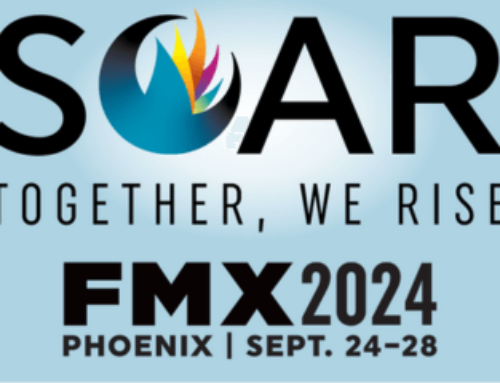Earlier this week the National Transportation Safety Board (NTSB) unveiled its 2016 Most Wanted List, which includes “reducing fatigue-related accidents” as one of the most critical changes needed to reduce transportation accidents and save lives. The list, which the NTSB calls its “road map from lessons learned to lives saved,” focuses on 10 safety improvements on which the NTSB has made recommendations that have not yet been implemented.
The NTSB states that human fatigue is a serious issue that affects the safety of the traveling public in all modes of transportation. As both a symptom of poor sleep and health management, fatigue can cause other deficiencies such as poor judgment and decision making, slowed reaction times, and loss of situational awareness and control.
To address the dangers of fatigue, the NTSB has issued more than 200 safety recommendations. The NTSB also advocates for a comprehensive approach that focuses on research, education and training, technologies, treatment of sleep disorders, hours-of-service regulations, and on- and off-duty scheduling policies and practices. Furthermore, the NTSB calls for additional data on the habits of workers in different modes of transportation, which will allow for better analysis to determine the best fatigue countermeasures to employ in every situation.
Members also can review how the AASM, Sleep Research Society and other partners are focusing on drowsy driving prevention through the Awake at the Wheel initiative, which is part of the National Healthy Sleep Awareness Project (NHSAP). Established by a cooperative agreement between the Centers for Disease Control and Prevention (CDC) and the AASM, the Healthy Sleep Project is promoting improved sleep health in the U.S.




